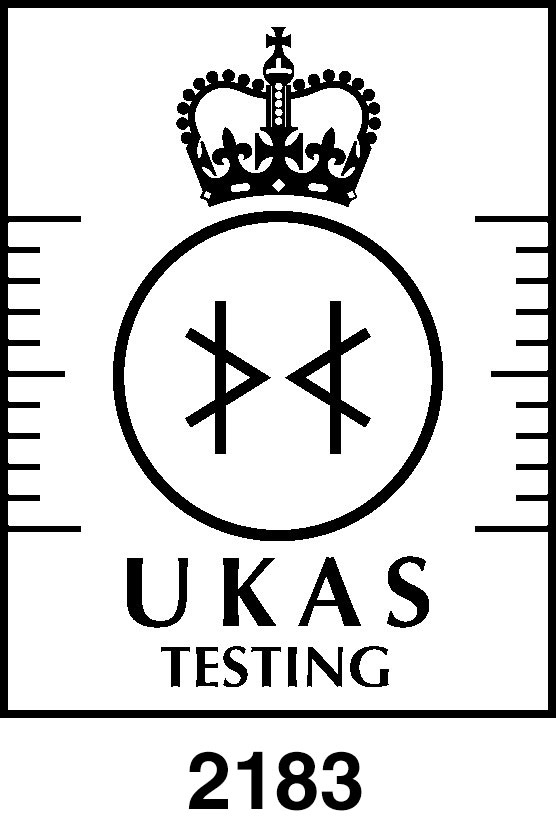Aliphatic/Aromatic Petroleum Hydrocarbons in Soils by GCxGC-FID
UKAS accredited: all bands in the range C8–C40
MCERTS accredited: all bands in the range C8–C35
aliphatic banding: >C5–C6, >C6–C8,>C8–C10, >C10–C12, >C12–C16, >C16–C21, >C21– C35, >C35– C44
aromatics banding: >C5–C7, >C7–C8, >C8–C10, >C10–C12, >C12–C16, >C16– C21, >C21– C35, >C35– C44
Methodology – Extraction of an as received soil sample, following chemical drying with sodium sulphate, into dichloromethane followed by determination of total petroleum hydrocarbons by two dimensional gas chromatography using flame ionisation detection (GCxGC-FID).



